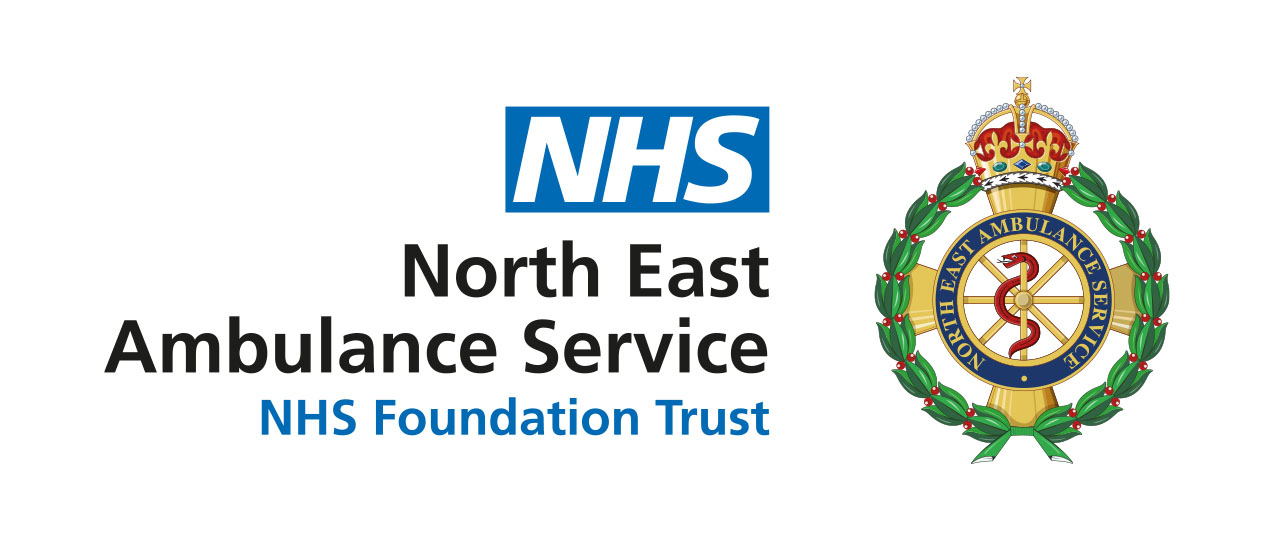
The role of emergency preparedness, resilience and response in the ambulance service
"All of this planning aims to save life, minimise harm and deliver the best possible patient care at the times when the system is at its most strained."
As a Category 1 Responder, the Civil Contingencies Act (2004) imposes duties on NEAS to plan for and respond to a wide range of incidents and emergencies that could affect health or patient care.
We must be prepared to respond to incidents by having clear roles and responsibilities, specific and generic plans and by regularly testing these emergency arrangements.
The Emergency Preparedness, Resilience and Response (EPRR) department at NEAS is responsible for producing and testing those plans and ensuring we meet our statutory obligations.
The EPRR team is also responsible for the Trust's Specialist Operational Response Team (SORT) training, which provides paramedics with the capability to respond to Marauding Terrorist Attacks (MTA) and incidents involving chemical, biological, radiological or nuclear materials that require mass decontamination. It also delivers clinical training to Fire Services with MTA capability within our geographical boundary.
The team is also home to our Hazardous Area Response Team (HART) - specially trained paramedics, who give NEAS the capability of providing a medical response to hazardous or challenging incidents - as well as our specialist paramedics for critical care (SPCCs) and our Operational Co-ordination Centre (OCC), which provides a vital link between NEAS and the region's hospitals to manage pressure across the system and ensure patients receive care as quickly as possible.
Stu Holliday is the Trust's head of EPRR.
He said: "I enjoy working for NEAS as I truly believe I can make a positive impact on patient care in the North East, and at the end of the day that could and has included the people I hold most dear to me.
"The people I work with are incredible and the opportunities I have been afforded I would not have got elsewhere.
"Some of our teams directly provide high quality patient care in some of the most challenging care episodes, whilst others work with our partners to keep the region safe
"My role involves attending a variety of system meetings with wider health and social care, UK Health Security Agency and other responding agencies, principally looking a resilience, emergency planning and surges in demand, such as winter. All of this planning aims to save life, minimise harm and deliver the best possible patient care at the times when the system is at its most strained."
One of our most recent exercises was held on the evening of Tuesday 25 March, at St James’ Park with emergency service colleagues from Northumbria Police and Tyne and Wear Fire & Rescue Service.
The exercise, which was planned before Newcastle United’s historic Carabao Cup win, was part of regular training across the services to prepare for large-scale emergency events like terrorist attacks.
Stu said: “Exercising in this way with our partner colleagues is a great opportunity to test our plans in the event of an incident of this nature. It’s also a chance for our teams to utilise their skills and improve their preparedness for responding to any large-scale event.
“Whilst we hope we never need to respond to an event of this nature in real life, we do want to know that we have both the skills and experience to do our best for our community and patients.”



